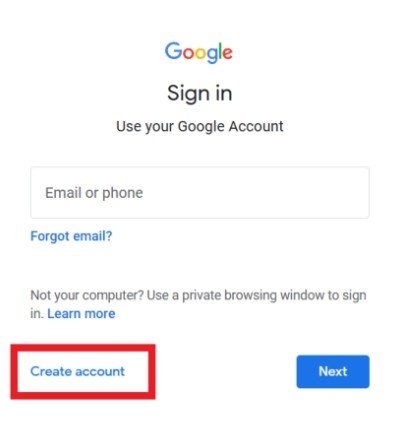What Can Hackers Do with Your Email Address?

Email addresses are more than just a way to communicate—they are the keys to your digital life. Hackers target them because they provide access to bank accounts, social media profiles, shopping sites, and even work documents. A single compromised email can lead to identity theft, financial loss, and endless spam. Many people underestimate the risks until it’s too late, like when they face a huawei reset google account issue, only to realize their email was hijacked. Fortunately, solving such problems is often simple if caught early. In this article, we’ll explore how hackers exploit email addresses, the real-life dangers they create, and practical steps to keep yourself safe.
1. Phishing & Social Engineering Attacks
Fake Google Docs & OAuth Scams
One of the most common tricks hackers use is sending fake collaboration requests, such as a “shared Google Doc.” These emails appear legitimate, urging you to click a link that redirects you to a fake login page. Once you enter your credentials, the attacker gains full access to your email and connected accounts. Another variation involves OAuth scams, where hackers trick you into granting third-party apps permission to read your emails or contacts. These attacks succeed because they mimic real services you use daily. Always double-check sender addresses and avoid clicking links in unsolicited emails. If an offer seems too urgent or too good to be true, it’s likely a trap.

Legal & Financial Scams (Subpoena & Invoice Frauds)
Hackers often impersonate government agencies, banks, or law firms to scare victims into taking action. You might receive an email claiming you’ve been subpoenaed or owe an unpaid invoice, complete with official-looking logos. The goal is to panic you into clicking malicious links or downloading infected attachments. Some scams even include fake customer support numbers, where “representatives” pressure you into revealing sensitive information. Always verify such messages by contacting the organization directly through their official website—never through links in an email. Real institutions won’t demand immediate action via email.
See also: Navigating Computer Repair: The Essential Guide to Tech Insurance Claims
2. Account Takeovers & Credential Theft
Password Recovery Exploits
If a hacker knows your email address, they can attempt to reset passwords for your other accounts. Many platforms send password reset links directly to your email, meaning whoever controls your inbox can lock you out of social media, banking, or shopping accounts. Hackers exploit weak or reused passwords, so always use strong, unique passwords for each account. Enabling two-factor authentication (2FA) adds an extra layer of security, requiring a second verification step even if someone has your password.
Session Hijacking via Malware
Malicious software, often delivered through email attachments or infected downloads, can steal active login sessions. For example, if you’re logged into your email and accidentally run malware, the attacker can hijack your session without needing your password. This is why keeping your devices updated with the latest security patches is crucial. Avoid downloading files from unknown senders, and use reputable antivirus software to detect threats early.
3. Spam, Fraud & Identity Theft
Once hackers have your email, they may use it to sign you up for spam newsletters or bombard you with phishing attempts. Worse, they can piece together information from data breaches to impersonate you—applying for loans, filing fake tax returns, or even committing crimes in your name. Regularly check your email in “Have I Been Pwned” to see if your data has been leaked. If so, change passwords immediately and monitor financial accounts for suspicious activity.
4. Selling Your Data on the Dark Web
Stolen email addresses are often sold in bulk on the dark web, where cybercriminals purchase them for future attacks. Once your email is in these databases, you may face relentless phishing attempts, spam, or targeted scams. Using a secondary email for non-critical sign-ups can help reduce exposure. Additionally, consider using a password manager to generate and store complex passwords, making it harder for hackers to exploit leaked credentials.
5. How to Protect Your Email from Hackers
First, enable 2FA on all important accounts—this stops most unauthorized access attempts. Second, never reuse passwords; a password manager simplifies this process. Third, be cautious with public Wi-Fi, as hackers can intercept unencrypted data. Always check for “https://” in URLs before entering login details. Finally, regularly review account activity for unfamiliar logins and revoke access to suspicious third-party apps.
Conclusion
Your email address is a gateway to your personal and financial life, making it a prime target for hackers. By understanding common attack methods—phishing, credential theft, and identity fraud—you can take proactive steps to secure your accounts. Simple habits, like verifying senders and using 2FA, significantly reduce risks. Stay informed, stay cautious, and you’ll keep your digital life safe from cybercriminals.




